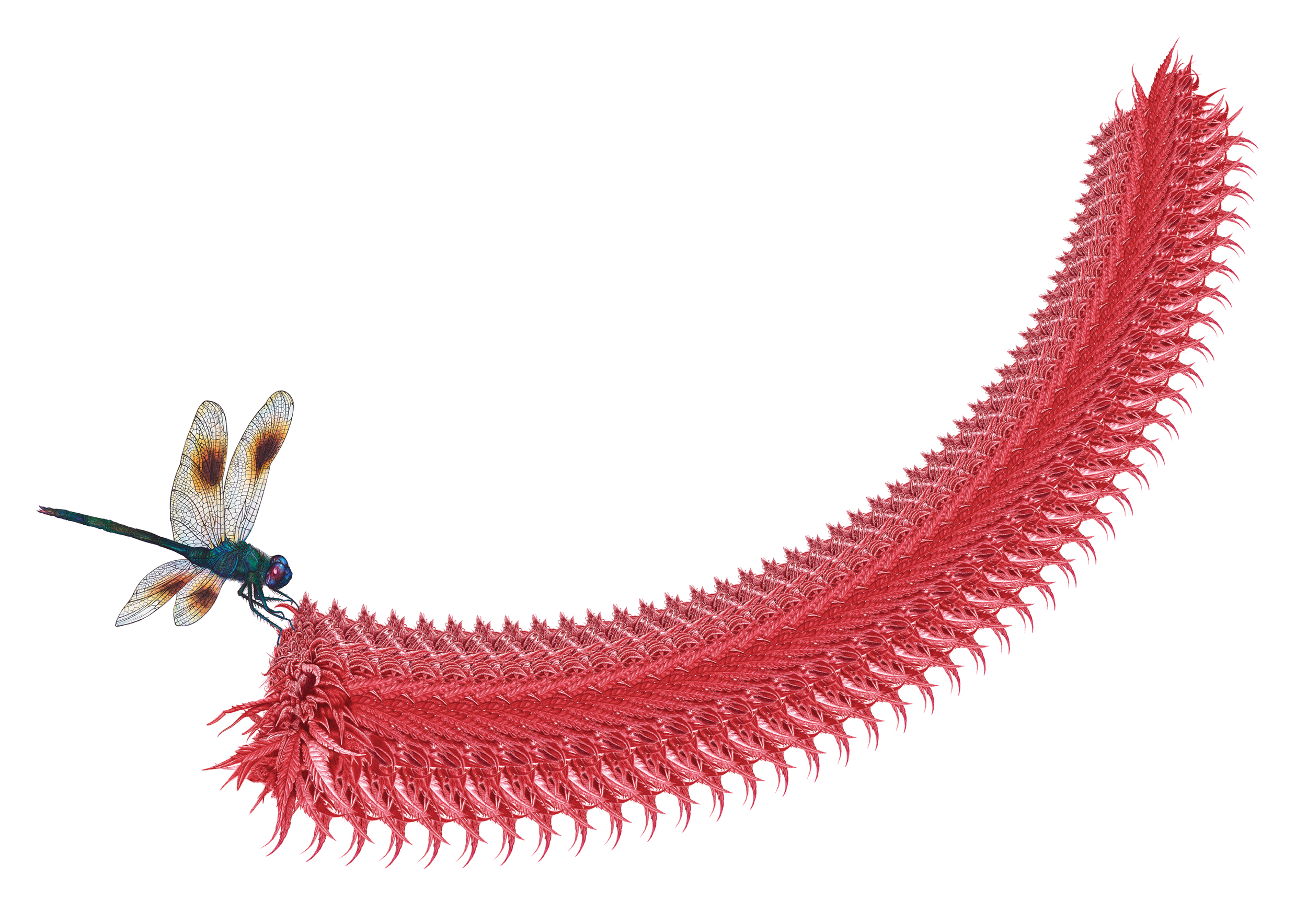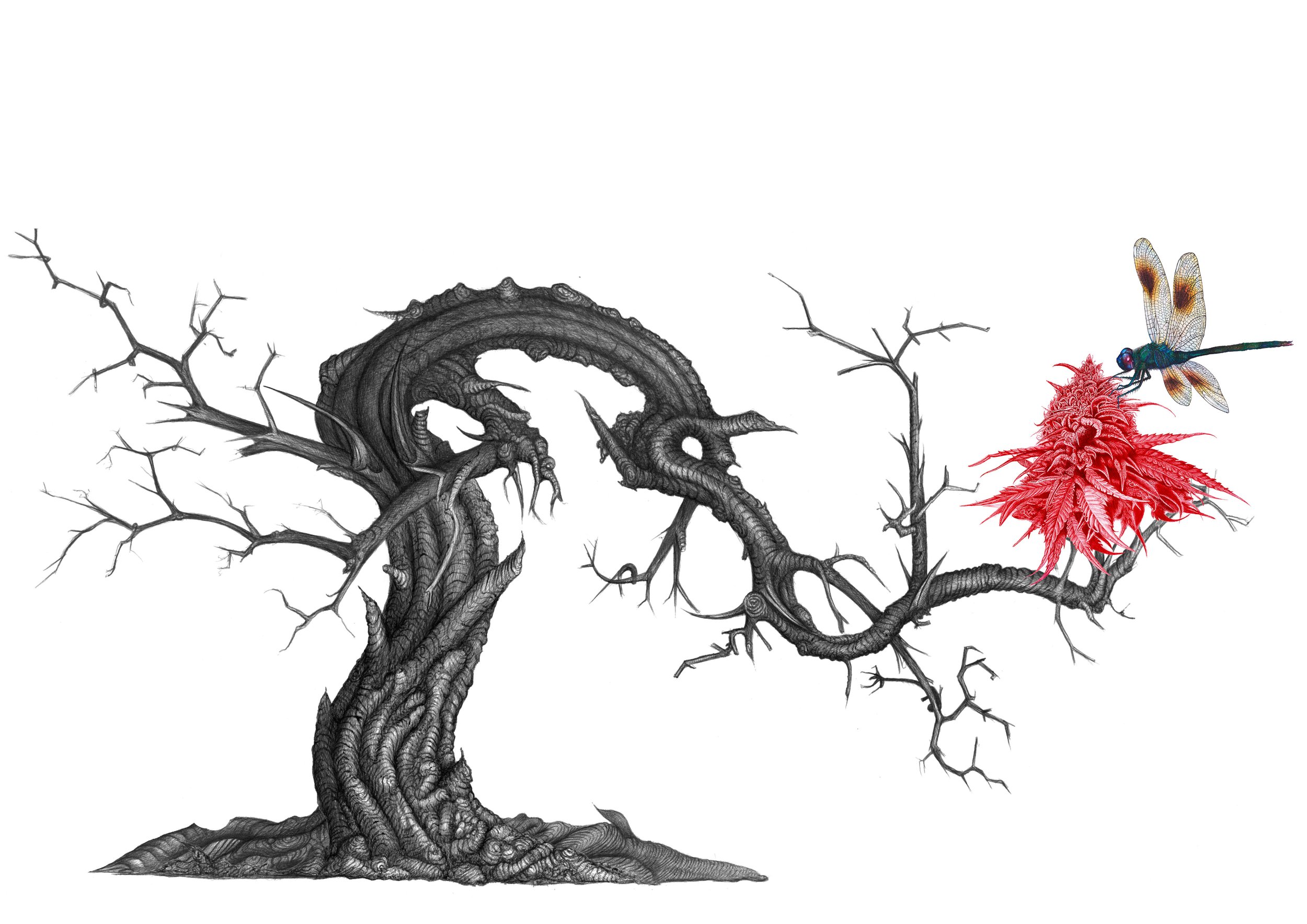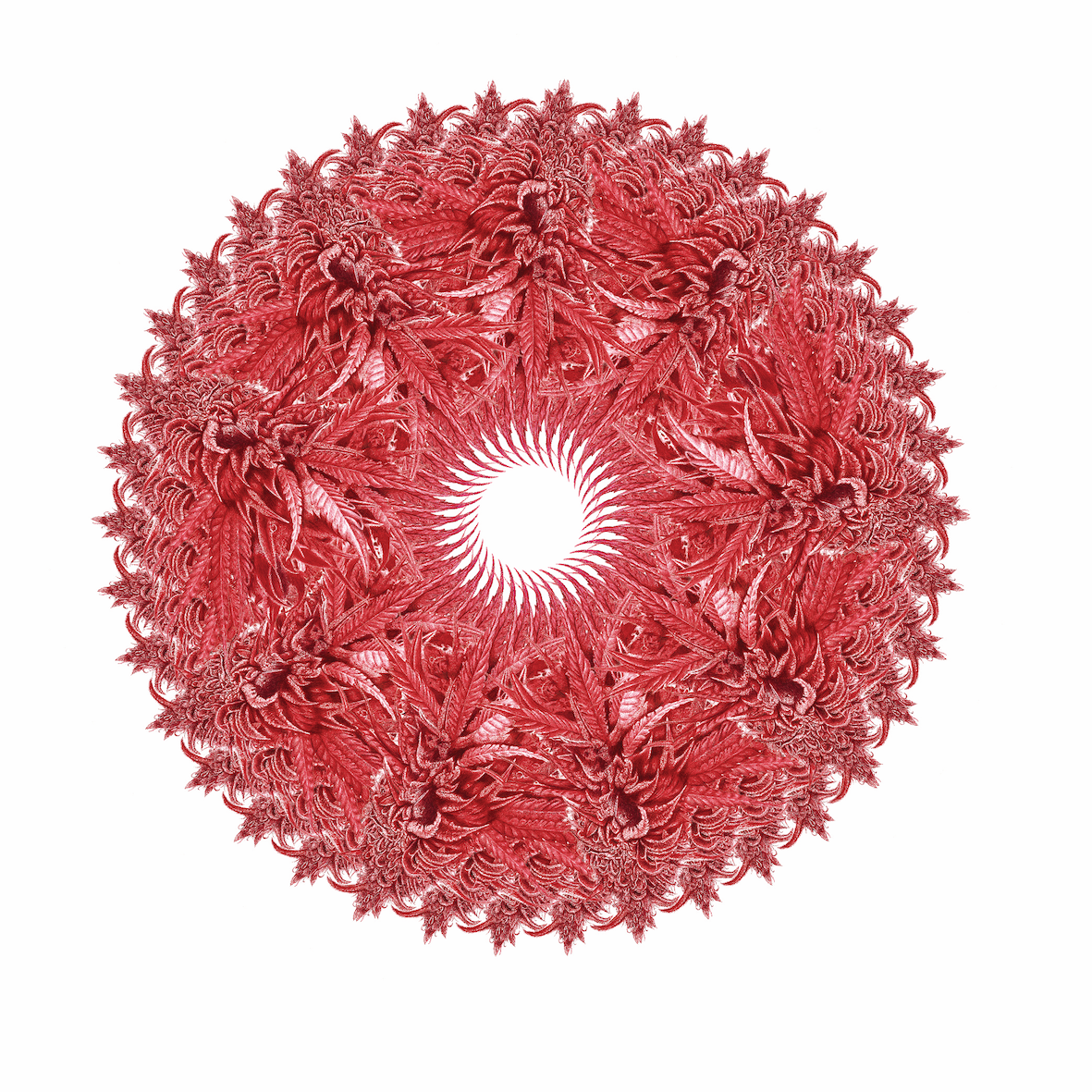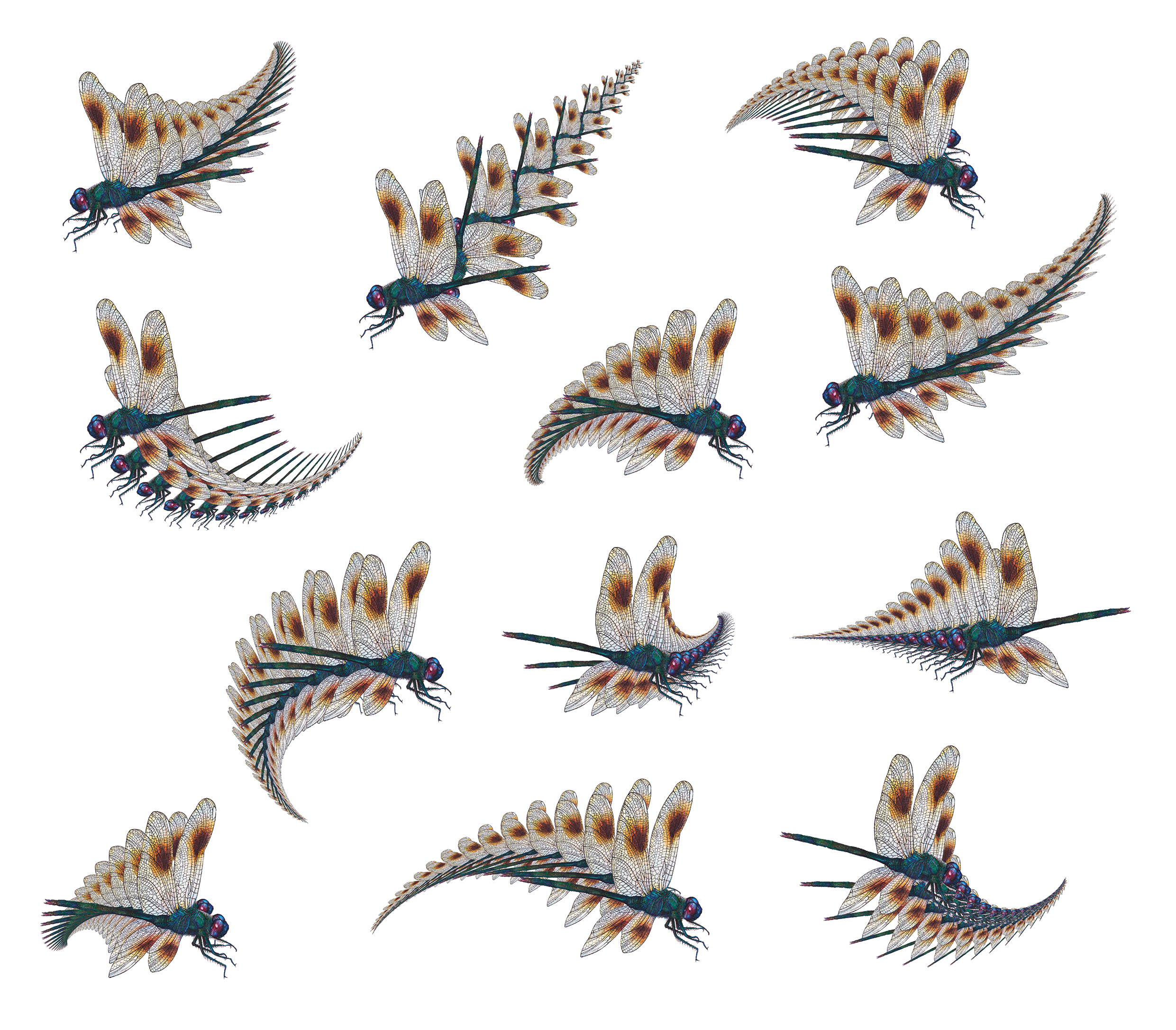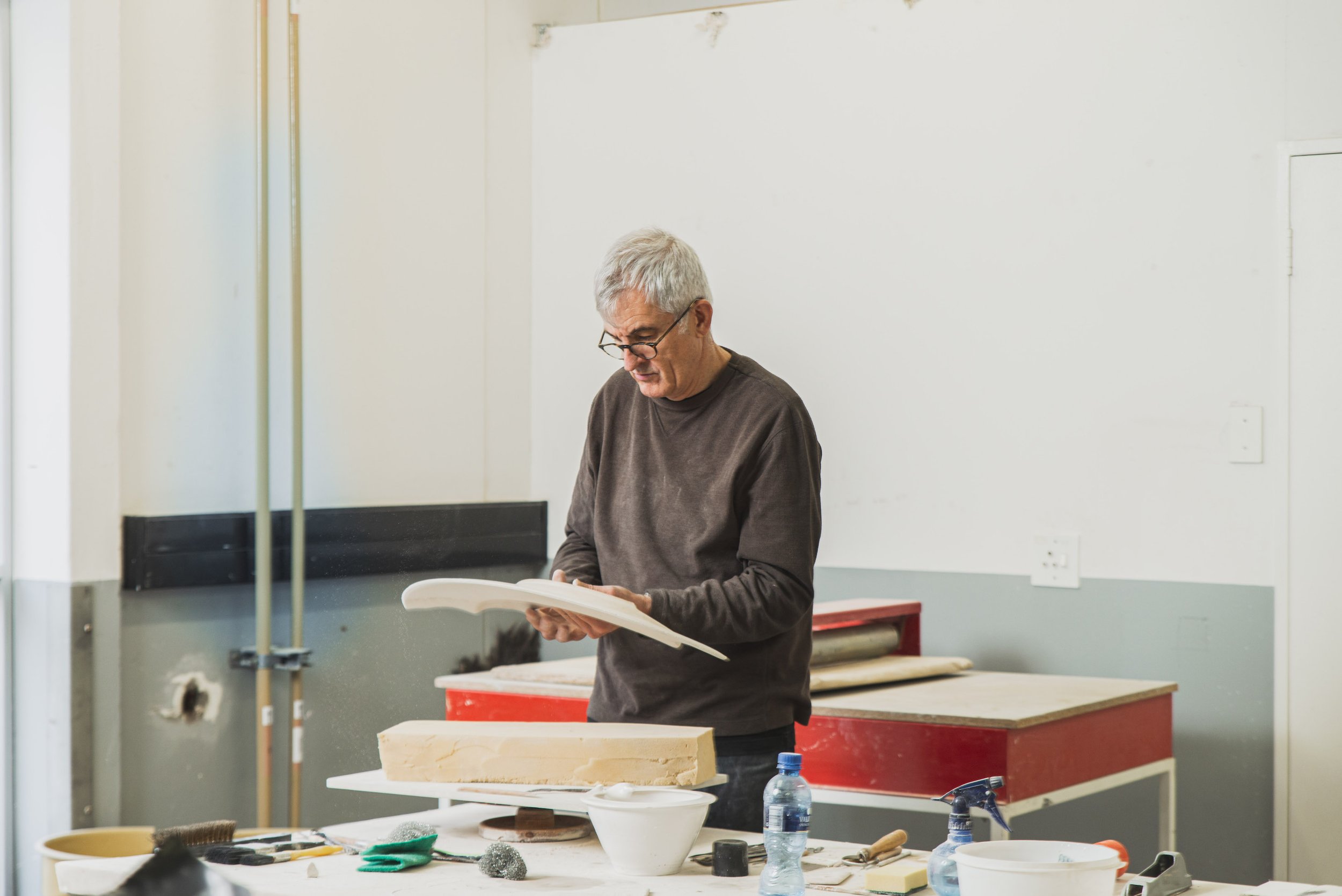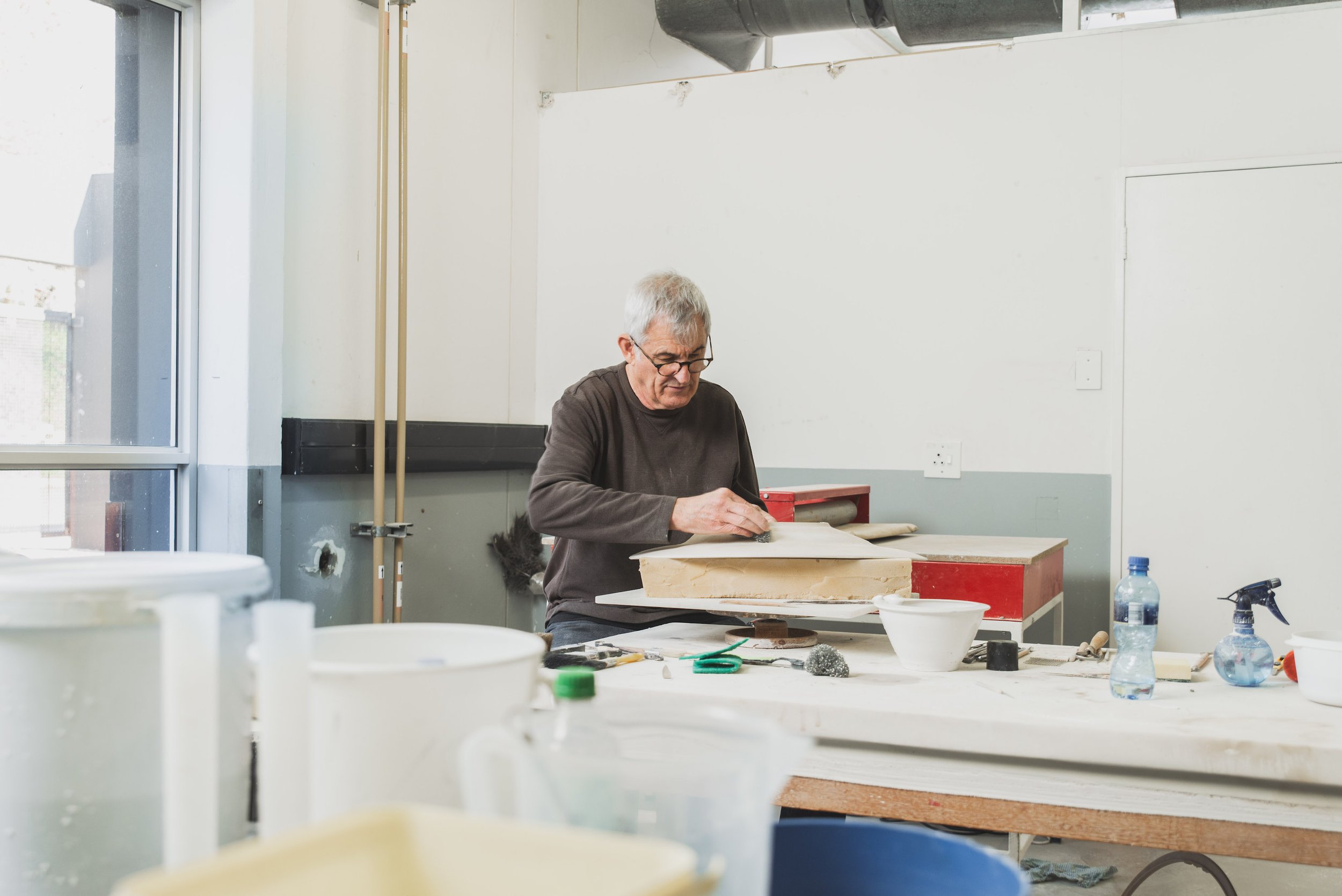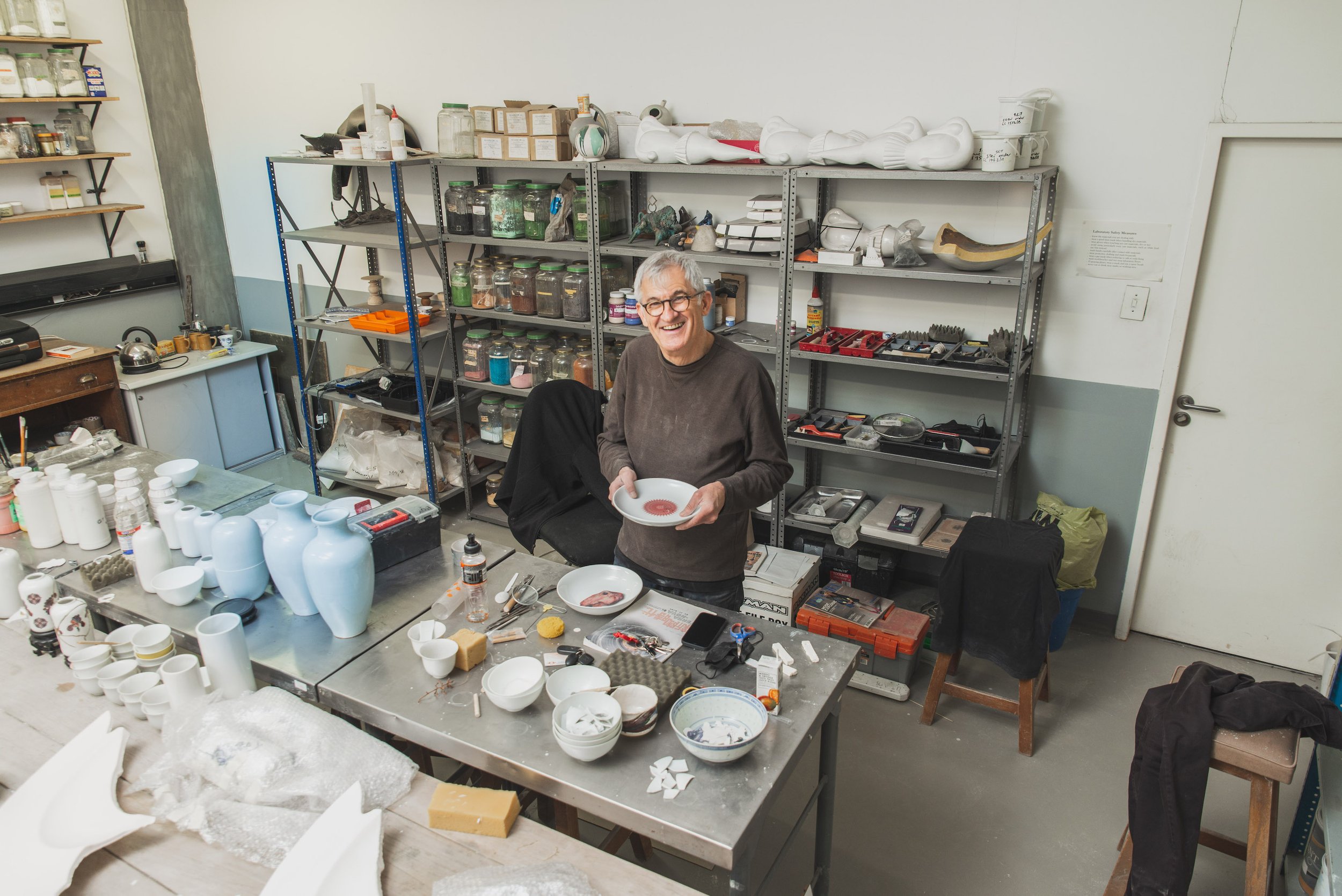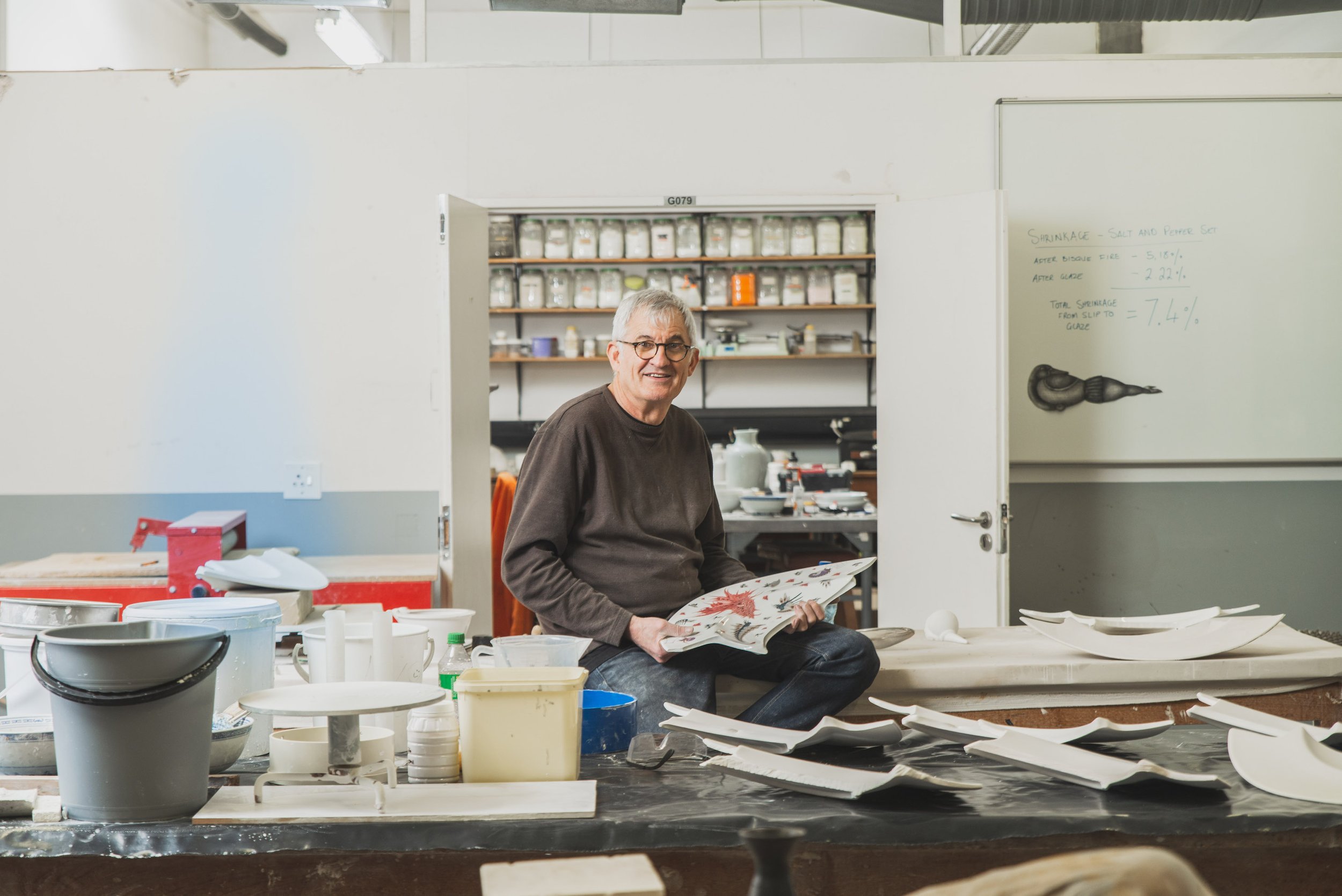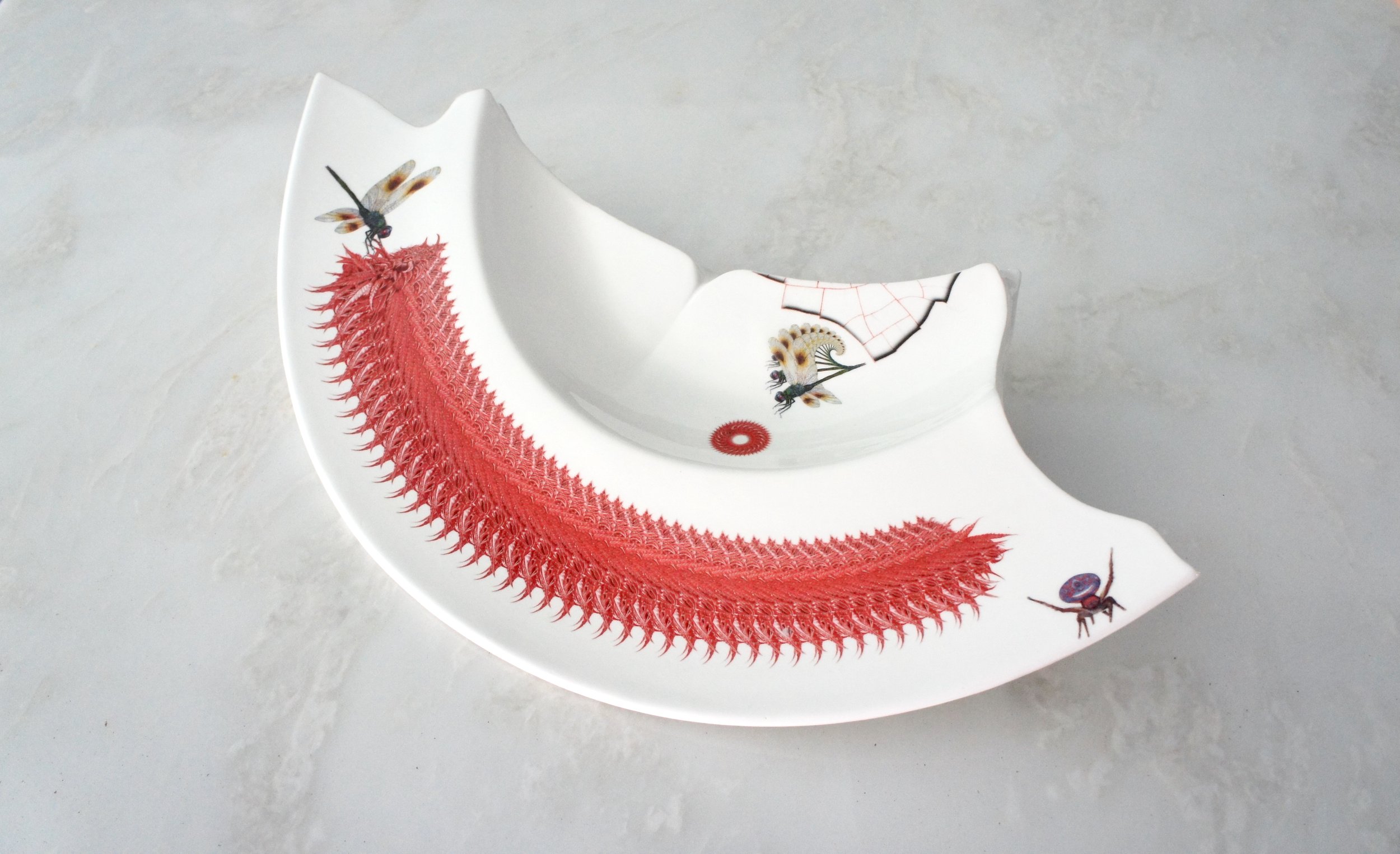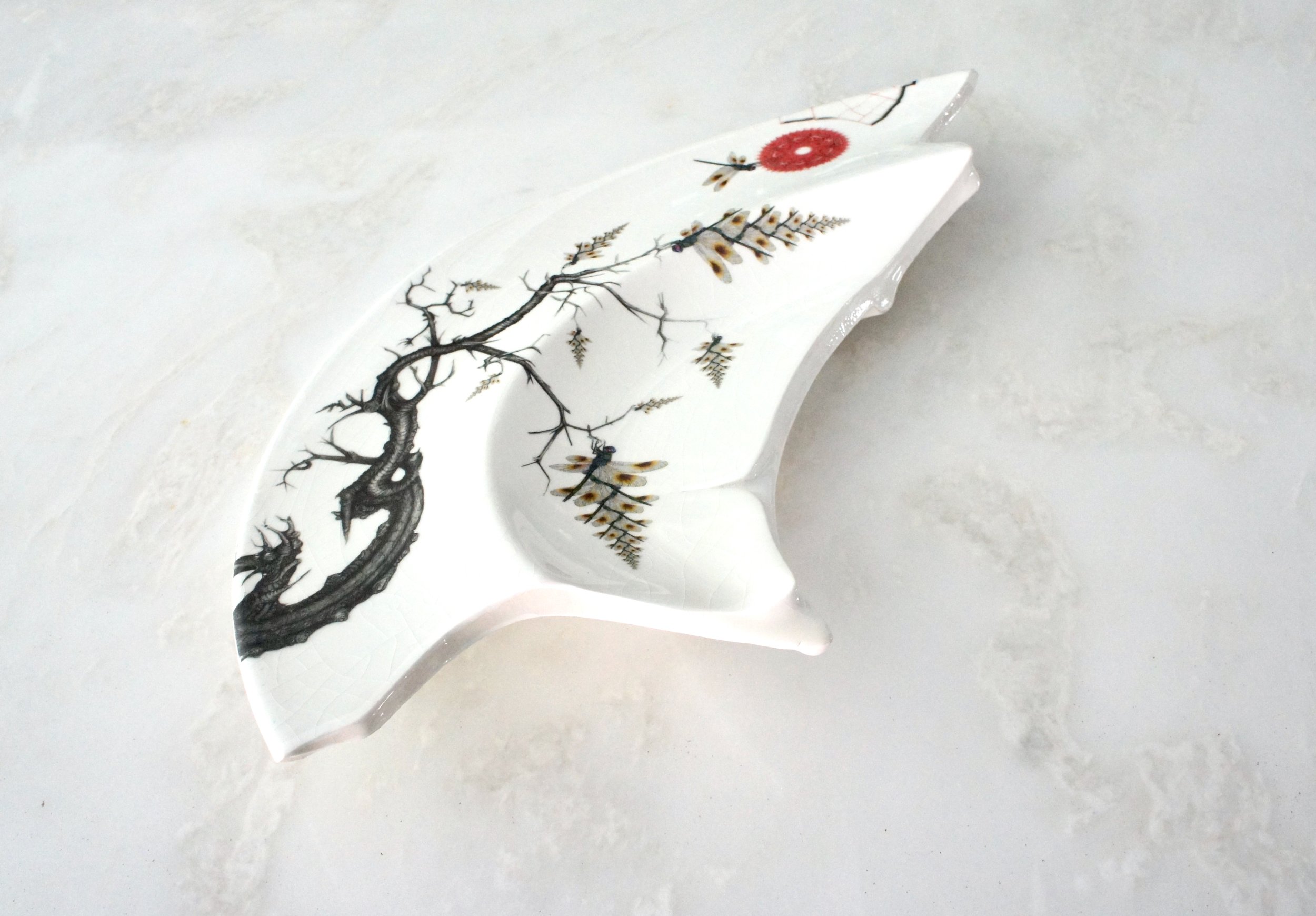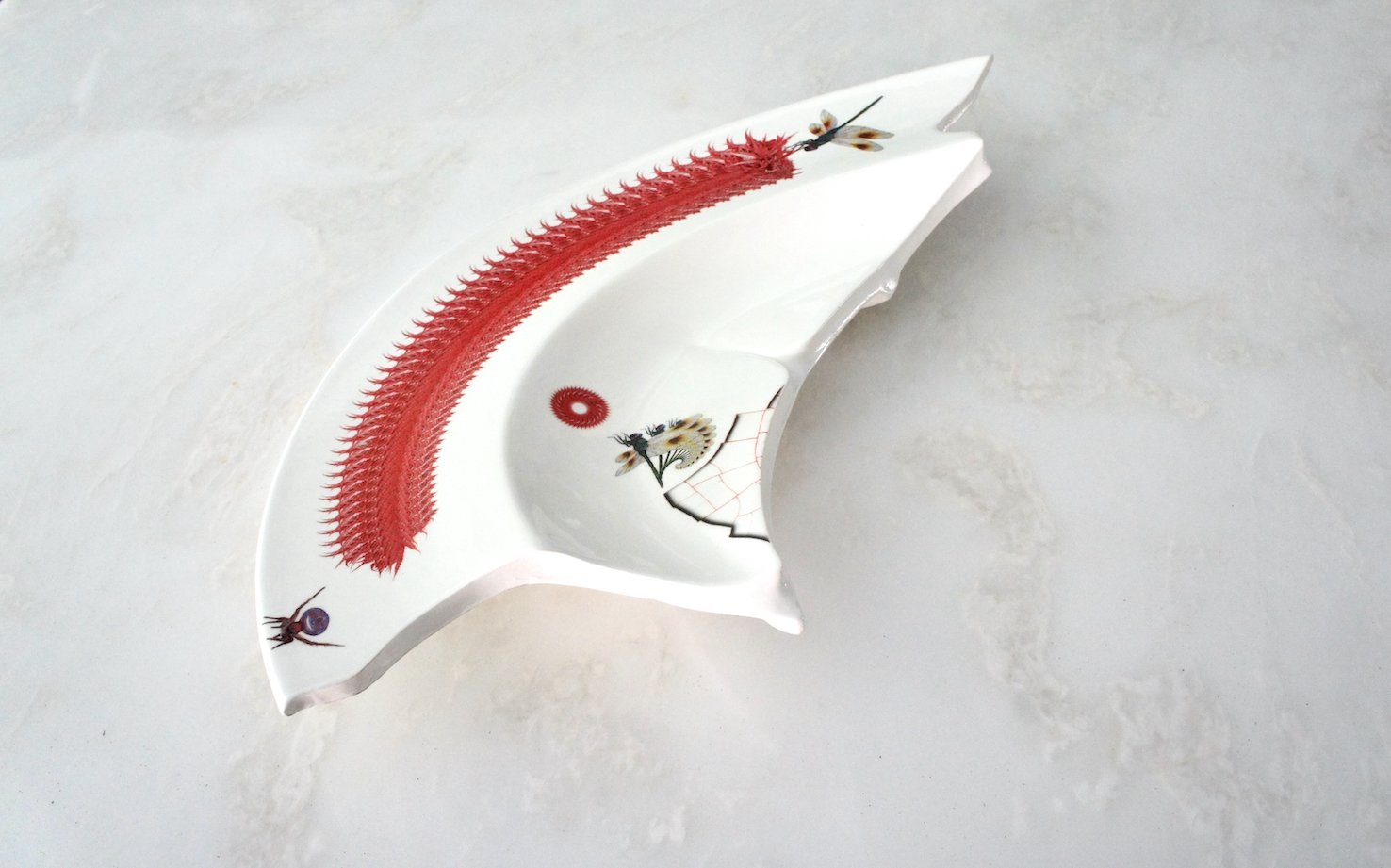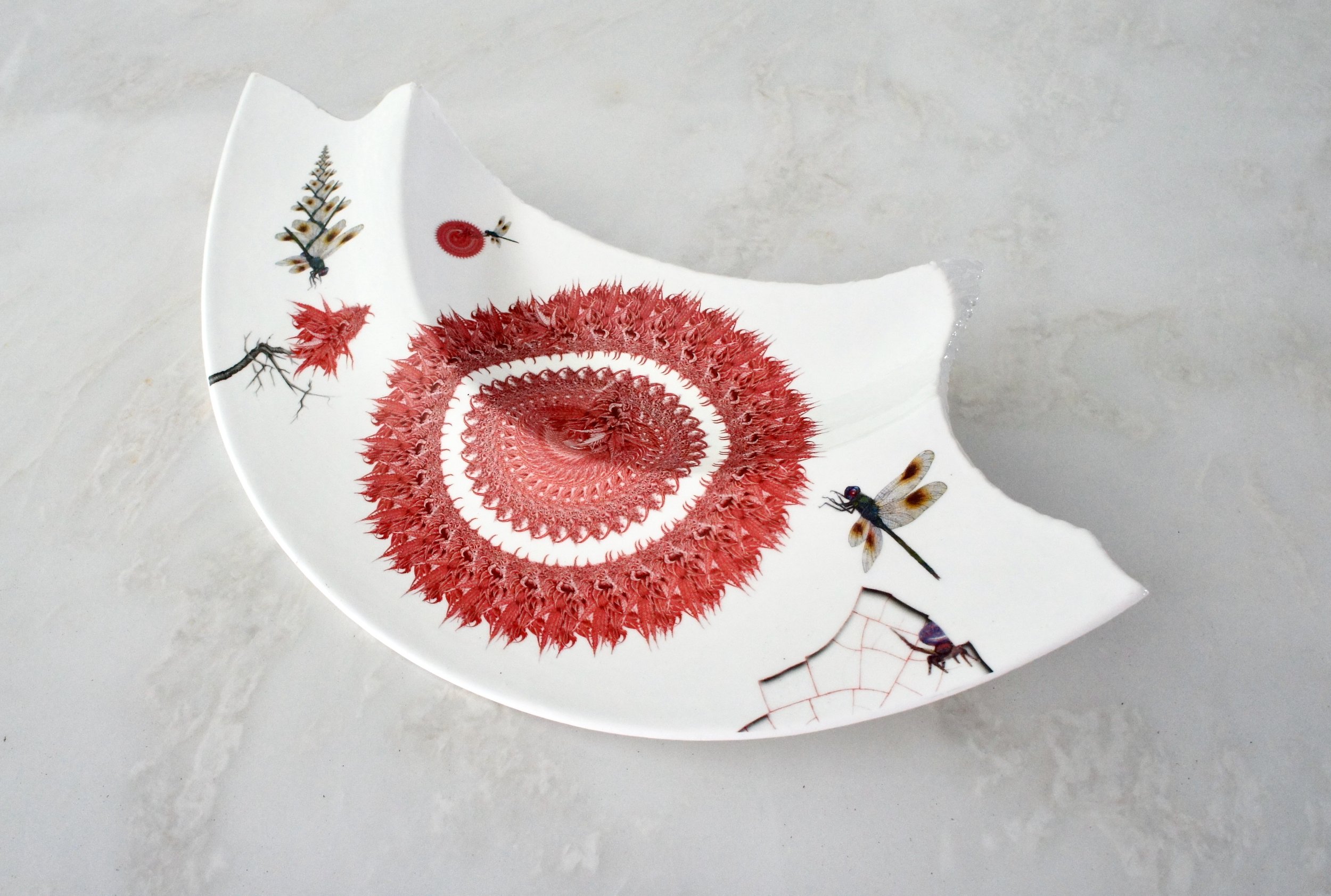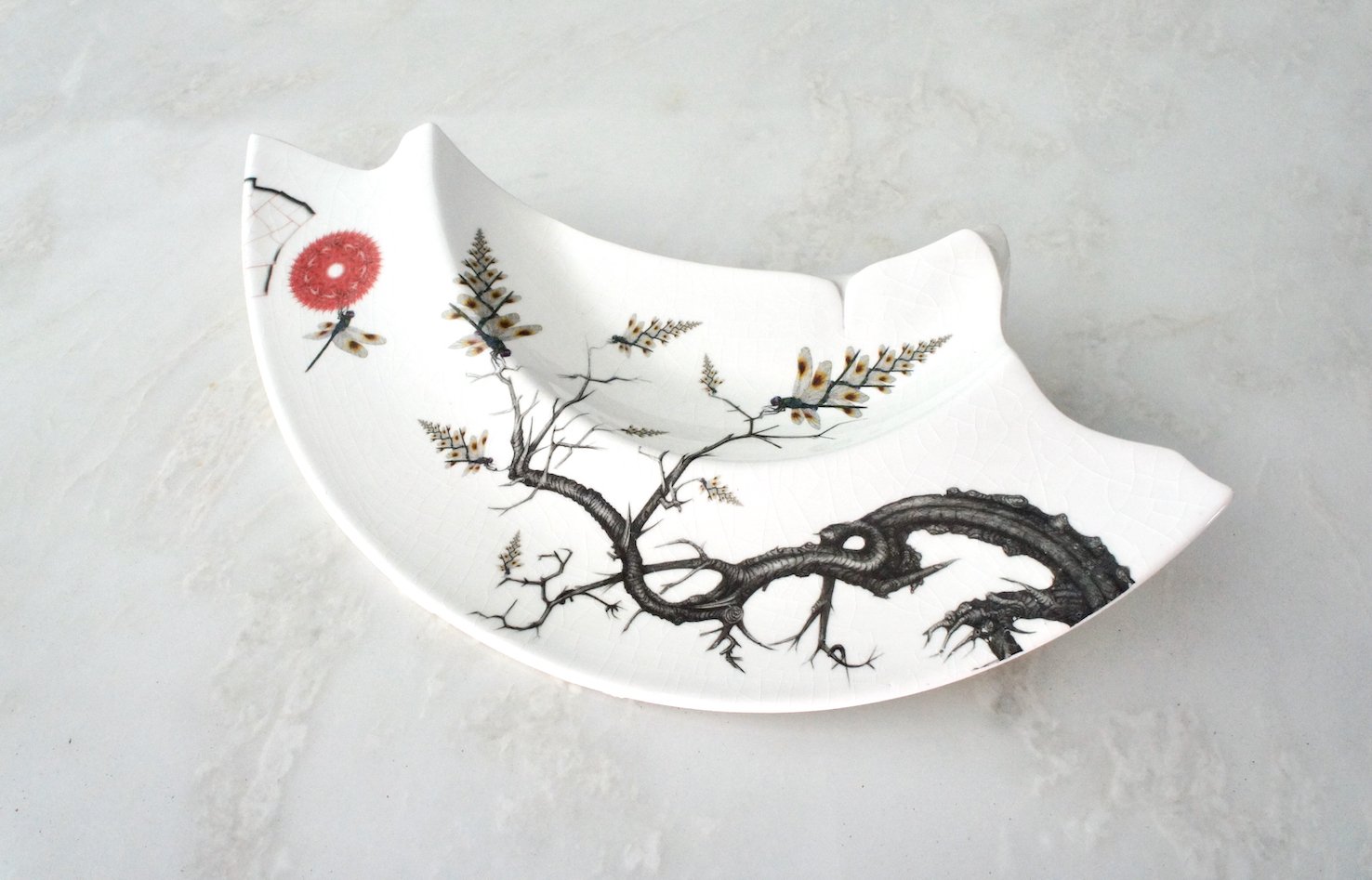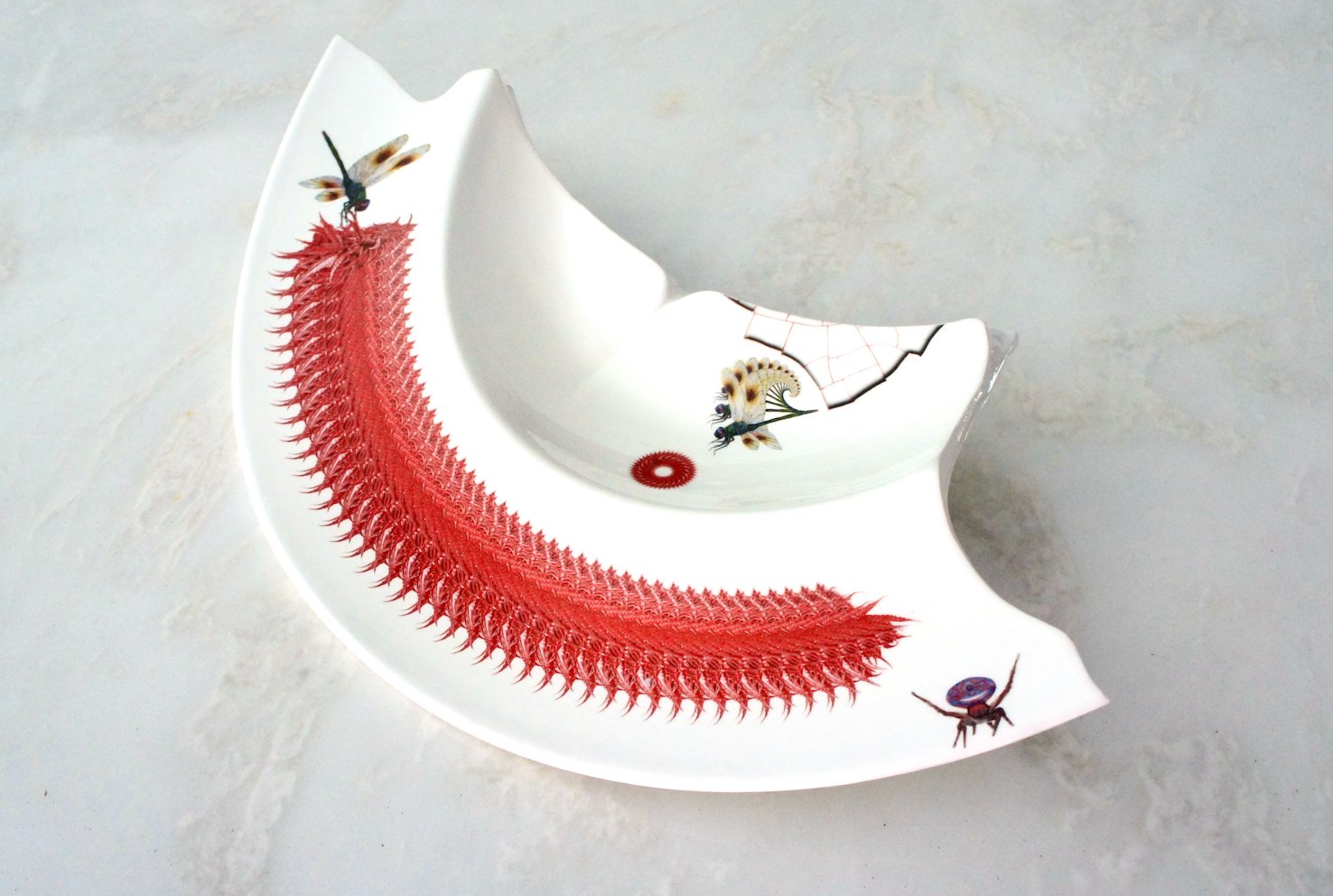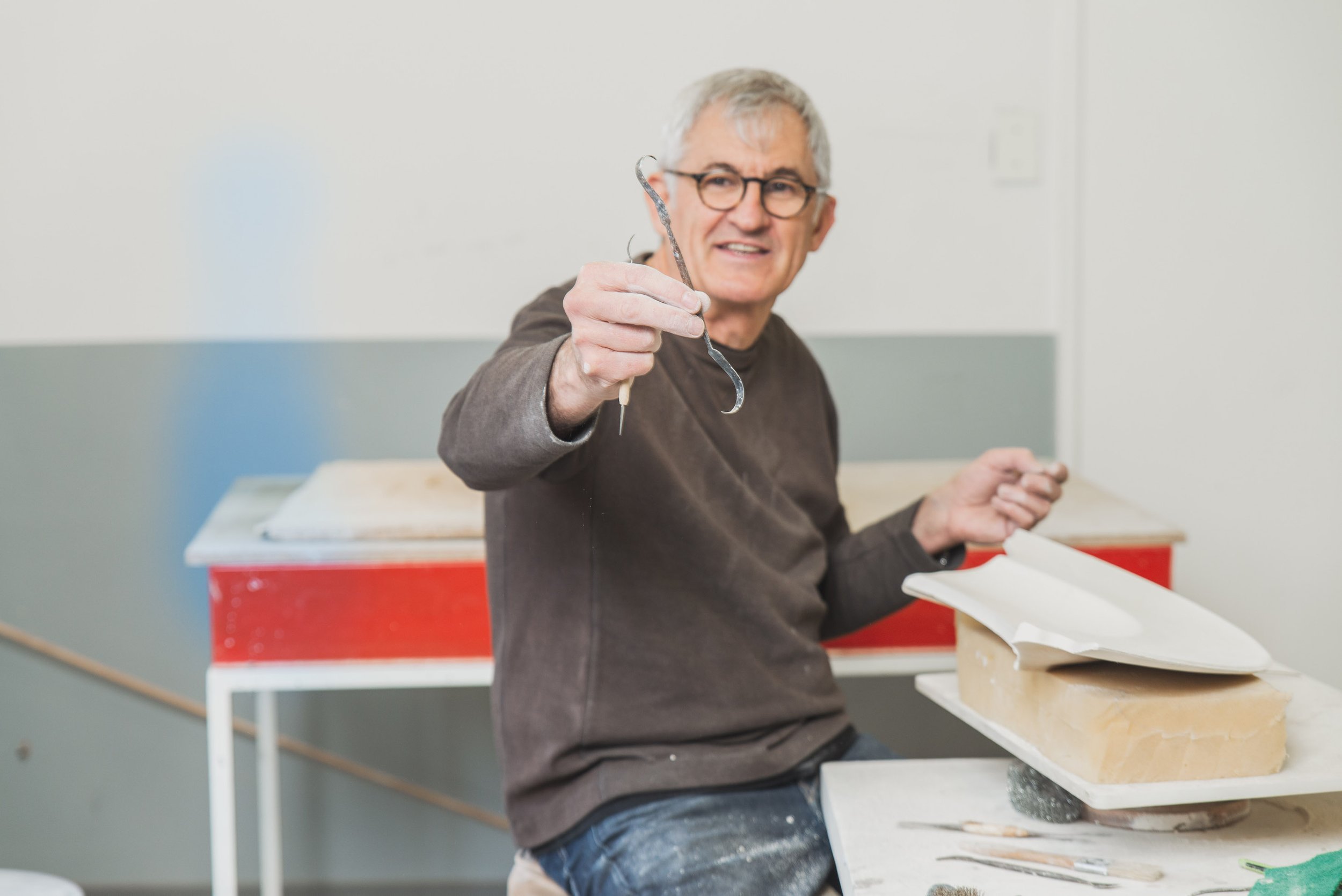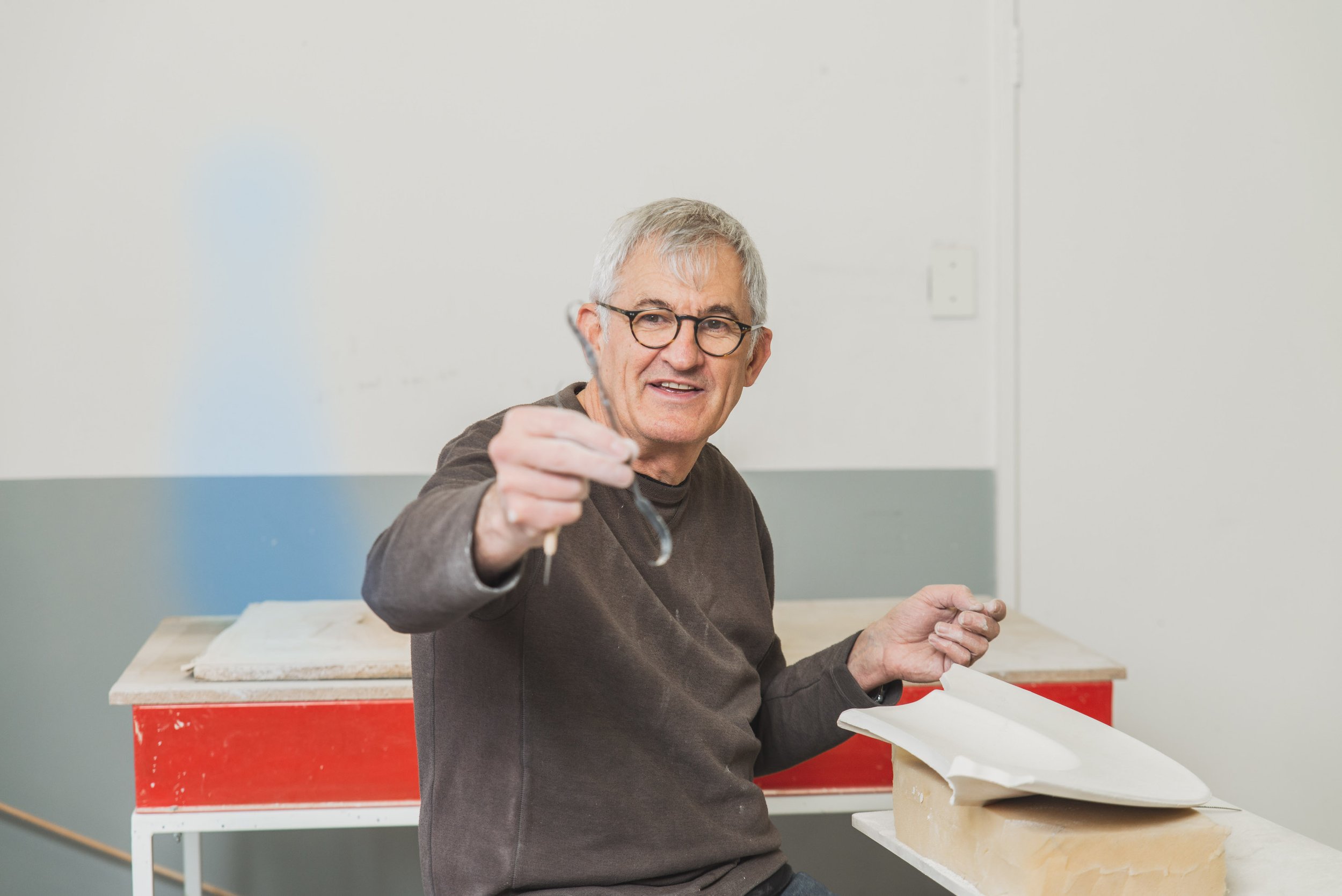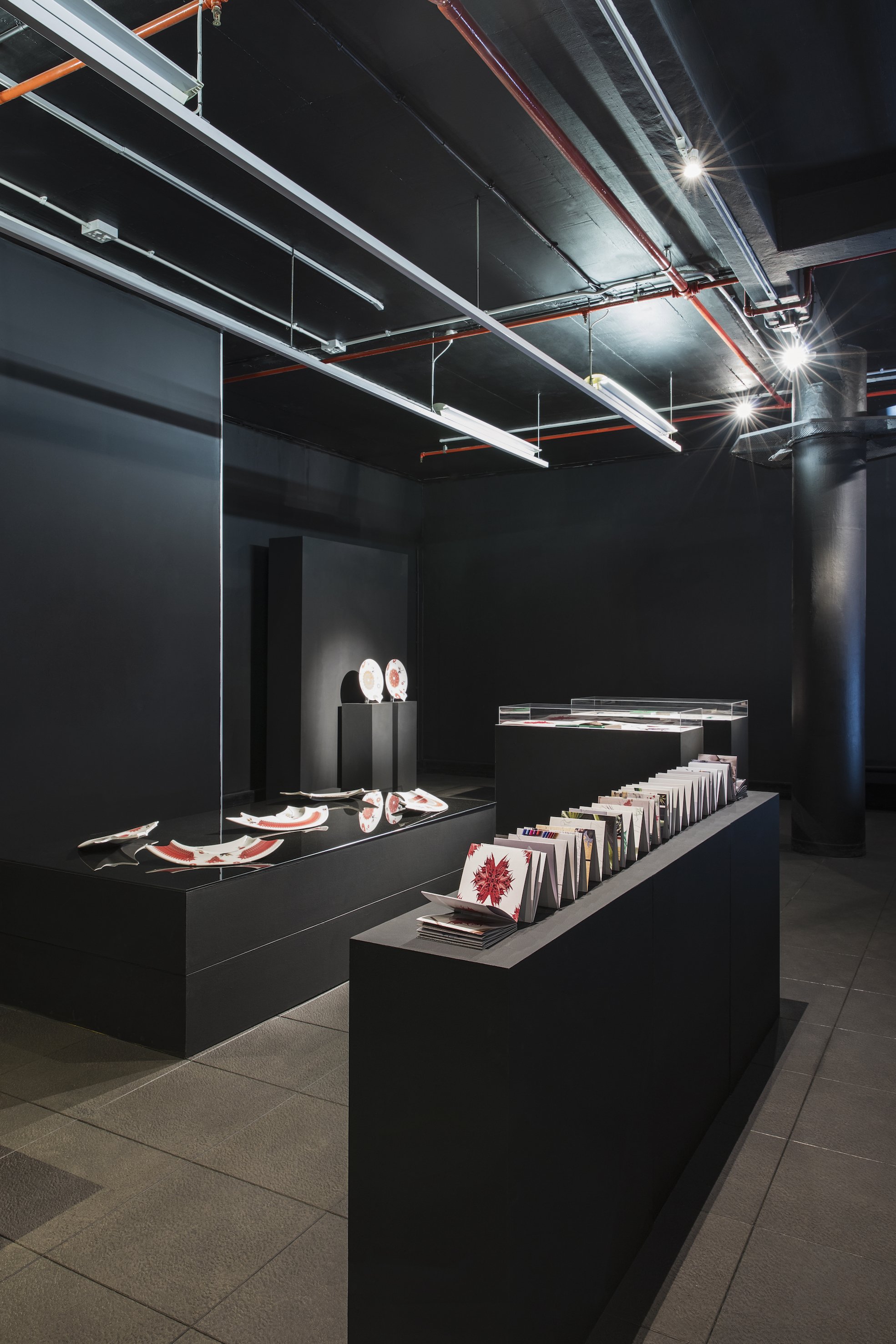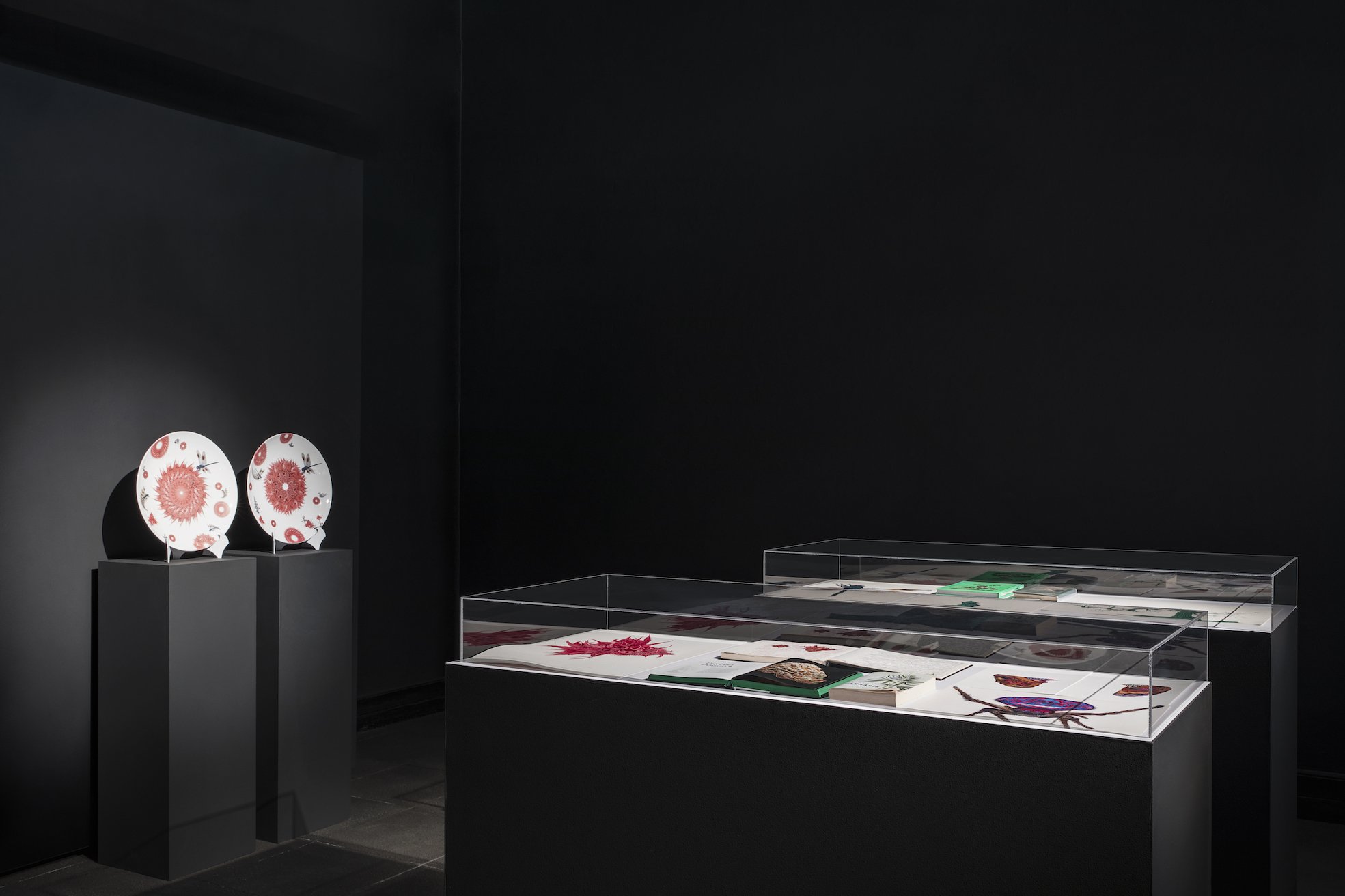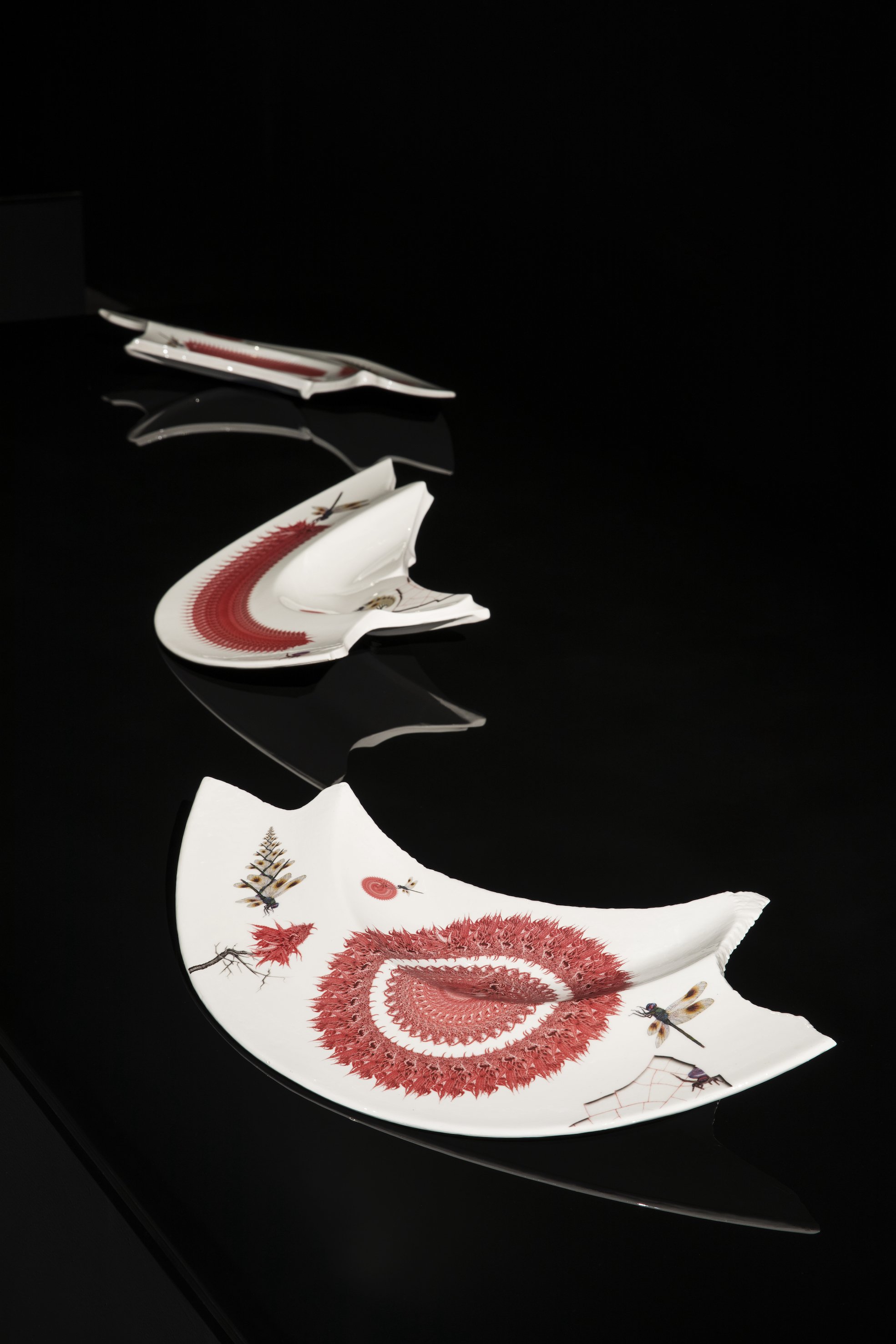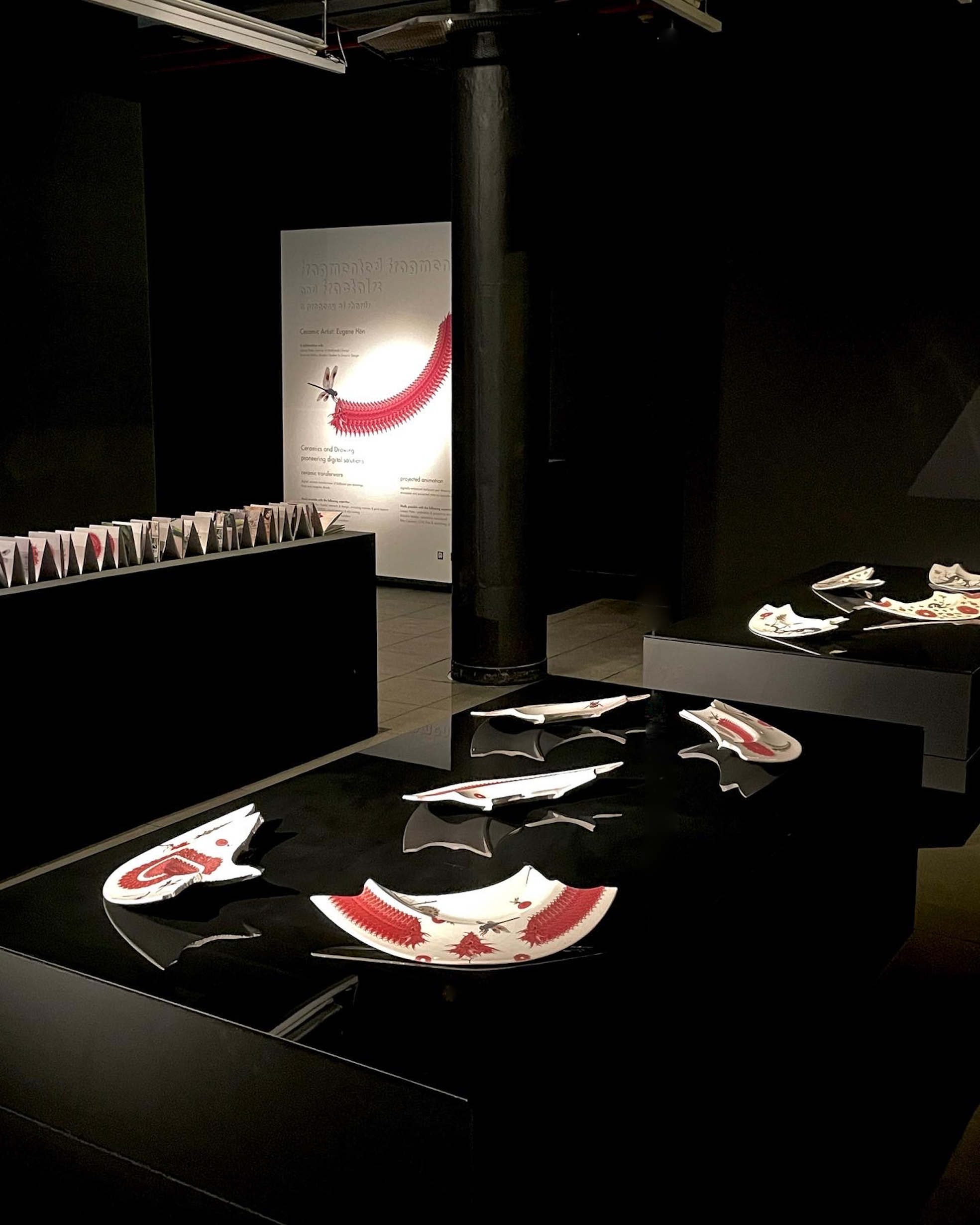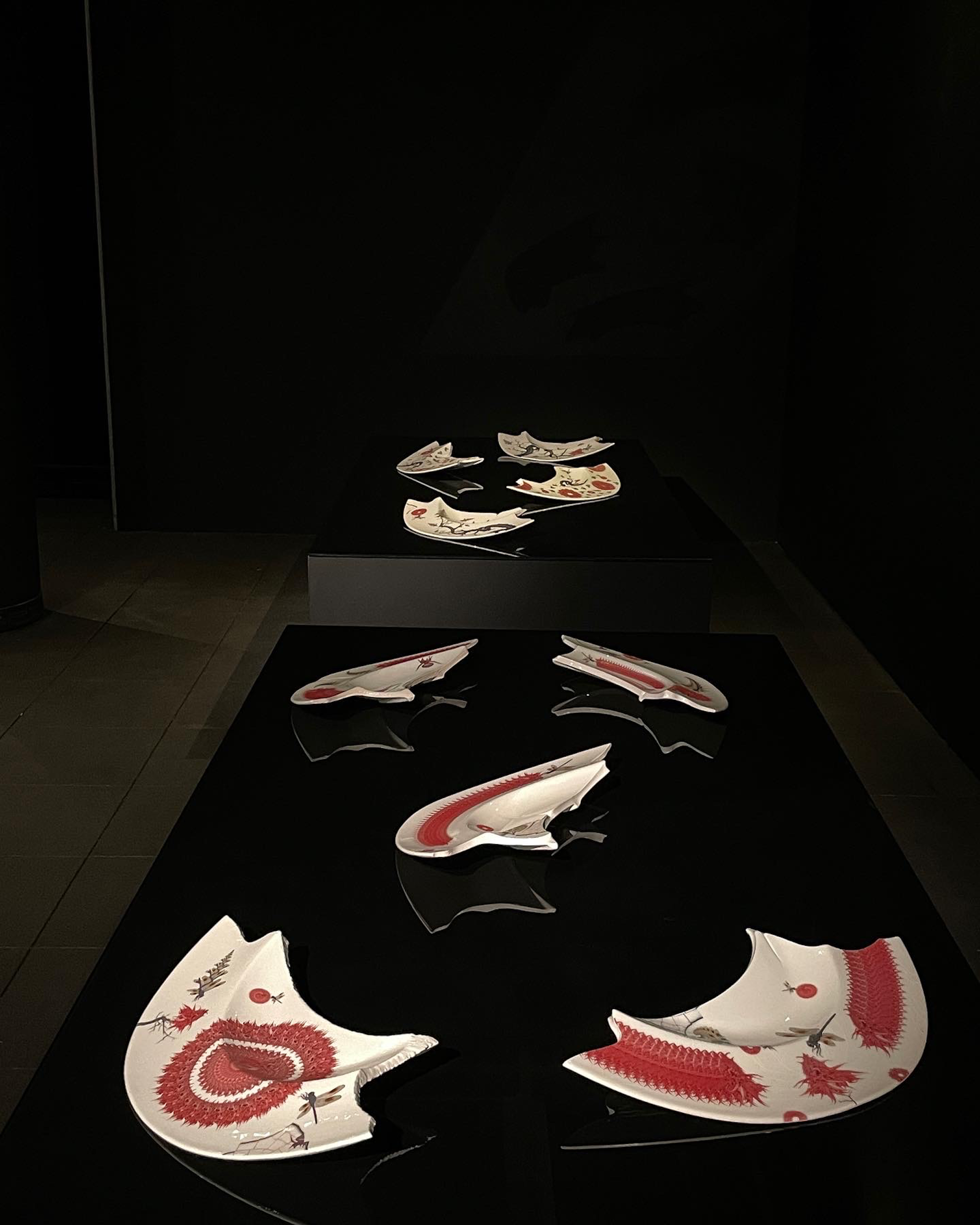Eugene Hön: Ceramic Master Q&A
Eugene Hön is a ceramic artist with a passion for drawing, ballpoint renderings and digital developments in the arts, from installation art to projection, and of course the use of digital processes in ceramic art. With a Masters Degree in Ceramic Sculpture, from the University of Cape Town, he has pursued a career as an academic and practicing artist for the past thirty-seven years. His career expands to include curating and curatorial practice, as the director of the FADA Gallery at the University of Johannesburg.
Eugene, to delve into your career, we need to start at the beginning as there is much ground to cover? How did your interest in ceramics develop?
Picking up blue and white ceramic shards in the sea in Simonstown, before embarking on my studies at Michaelis (UCT), with John Nowers (1940-1995) as my ceramic mentor.
You have a Masters degree in Ceramic Sculpture, how have you been able to practice a career in academics whists also practicing your art?
I joined the Technikon Witwatersrand (the TWR merged with RAU to become the University of Johannesburg) as a lecturer, because it offered vocational orientated teaching and learning programmes. A ceramic studio/lab complete with Kilns at the Faculty of Art, Design and Architecture (FADA), continues to offer me the opportunity to explore innovative and creative statements in clay, whilst sharing my knowledge and skills with aspiring artists and designers. However just recently, creative output was recognised as a practising academic’s contribution to research and development. Thus, earning valuable research subsidy, for the institution, whilst stimulating advancement in the field.
You have not shied away from technology, and that is very interesting in the art of Ceramics. How have you married the two?
I mainly teach in design disciplines, especially Industrial Design. Having direct access to advanced digital fabrication equipment enables one to push the creative envelope. Digital fabrication techniques and processes have revolutionised making on all fronts. The digital handmade has catapulted craftmanship to new heights in art, design and architecture. Mainly due to the streamlining and time saving factors when embracing digital fabrication to produce finely crafted products. FADA offers interdisciplinary research opportunities; collaborations with fellow academic and students, make it possible to produce cutting edge ceramic works that straddles disciplines, techniques, and process.
I am fascinated by your ballpoint pen drawings, as a child that also doodled in every school book in pen. I think most artist have a secret love of ball point pen art. Tell us more about how you conceived the idea of ball point on ceramics?
I started drawing in ballpoint pen in bound books whilst studying at UCT, capturing reference material of all shapes and sizes (in the technique of cross hatching), whilst visiting museums locally and abroad, to serve as inspiration in producing large scale ceramic sculptures. It does not smudge, enabling one to draw on both sides of the page. This was before the digital age of cell phones etc., however ballpoint pen drawings fade. In 2016 it came to my attention that digitally printed ceramic transfer machines existed that could capture my every drawing mark, in the minutest detail, as surface decoration onto a smoothly fired and glazed ceramic product. The drawings became instantly immortalised – further igniting my fascination with drawing and ceramics, pioneering digital solutions.
You have used animation, video and digital projection, for your exhibitions. Will we be able to experience an exhibition with multi-media soon?
Interdisciplinary and collaborative work is central to the creation of my recent work. The latest animated projection of my ballpoint pen drawings onto an upscale shard was a collaboration with Lukasz Pater, an animator and lecturer in Multimedia and Dominic Hobbs, a master’s student in Communication Design. The work was installed in the black cube at the FADA Gallery (lower ground floor) and was mesmerising to the viewers. We are in the process of completing a videography of the projected ceramic installation (to feature online). Lukasz and I produced the first of its kind in 2009, titled …and the ship sails on.., it featured at the 2014 Ceramic Biennale in Taiwan. Visual art drawing and ceramics; pioneering digital solutions is my research focus - maybe a hologram is next.
What does your work with FADA Gallery at the University of Johannesburg entail?
About seven years ago, the then dean, Federico Freschi, assigned me to facilitate the inhouse FADA Gallery. The directive was to transform the space into a useful and desirable place to host exhibitions for the benefit of students and staff, including the broader art, design and architecture community. I always compare my work to a restaurant chef, working behind the scenes, visualising, and realising the curated exhibition/s from a viewer’s perspective. The artist and designer’s statement/s informs the viewers experience of the curated work on display, as s/he navigates and engages individual works and the exhibition at large.
I must confess, I am a follower of your Facebook posts about food. The meals you prepare are mind-blowing. Apart from being a foodie, what are your other interests?
Being a ceramist involves making and firing ceramic ware in a kiln, more than once, refining and mastering multiple techniques and processes (I therefore assume ceramists make for good cooks). Meticulous attention to detail is required, following workable habits, whilst working backwards to achieve desirable end results. The evocative nature of selective reading material informs my work on all levels. Much time is therefore spent being solitary, reading and working on new concepts and ideas, whilst cooking (having had three solo exhibitions in three years – dealing with COVID and load shedding). Mind maps are compiled in bound books, referencing ceramic craft traditions (visual and written documentation), in shaping my creative and innovative contemporary ceramic statements.
From your food posts, you seem to be a perfectionist, is this a fair observation?
When cooking, curating, and making ceramics, I follow similar patterns, as a matter of fact it applies to everything I do. It must appeal to me on all levels, to the same degree of satisfaction. It must be a value adding experience, even the process; the joy of making, cooking and presentation (styling). Catering for all the senses whilst enjoying every moment of every aspect of the chosen endeavour. The Japanese Way of Tea (tea ceremony) is a major influence on my life and work.
When you work, do you listen to music, or must there be silence?
I particularly enjoy jazz; lately I have discovered the performances of Cory Henry. His creative interpretations of songs such as Purple Rain and Billie Jean are awe-inspiring. It is great to watch his live funky jazz acts on YouTube and then listen to his music while working. While reading I listen to jazz music by Melody Gardo (Bye Bye Blackbird), Diana Krall and Norah Jones including a whole host of other jazz musicians. .
What inspires you?
Artists and Designer’s creativity; especially cutting-edge architecture, the work of Zaha Hadid and Santiago Calatrava, including the work of designer Thomas Heatherwick (his book titled Making), and then there is ultimate bespoke yacht design – Spirit III Contemporary / Luxury super yacht https://spirityachts.com/sailing-yachts/the-superyacht/spirit-111/
Who are your favourite Ceramic artists?
Marek Cecula’s boundary breaking ceramic statements such as, In Dust Real; Transformation WCL7 – the work confronts culturally defined concepts of beauty (Royal Copenhagen teapots and cups fired in a wood-ash anagama kiln - East meets West) and the diverse range of ceramics by artist Ai Weiwei (Sunflower Seeds at the Tate Modern)
Who is your favourite artists?
Yto Barrada’s exhibition at the Goodman titled, She Could Talk a Flood Tide Down, was mind-blowing. The late Alexander McQueen’s iconic runway shows. Last but not least, the work of Anish Kapoor, including a whole host of others, all for different reasons.
As an artist that embraces technology, do you think there are any risks to an artist life with what is happening with AI?
Not given it much thought, however the impact of 4IR is foremost on my mind, The book titled the Digital Handmade; Craftmanship and the New Industrial Revolution, addresses thfears comprehensively; showcasing a diverse range of work by artists and designers that have embraced technology to create incredibly creative and innovative bodies of work, as captured in the following quote: “The revolution sees the skill and vision of the craftsperson once again anchored at the heart of the making process but using new technologies to free that process from the confines of mass production and move towards on-demand manufacture and individual expression on a mass scale. https://thamesandhudson.com/digital-handmade-9780500293133”
What would be the perfect day for you?
Having meaningful conversations at a fabulous lunch with friends or talks with visiting artists and designers, staff and students in the FADA Gallery. Togetherness is so important in our lives, here and now in Johannesburg - we live in precarious times.
Portraits by Phillip Santos


